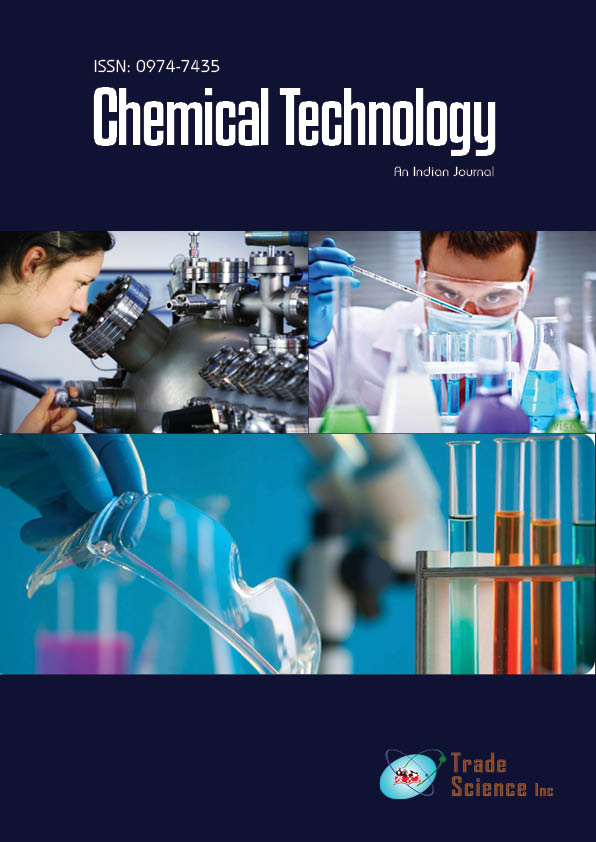抽象的
Bioactive Phytochemicals in Rice Bran: Processing and Functional Properties.
Esmaeil Ataye Salehi and Maryam Sardarodiyan
Rice bran is a by-product of rice milling industry and constitutes around 10% of the total weight of rough rice. It is primarily composed of aleurone, pericarp, subaleurone layer and germ. Rice bran is a rich source of vitamins, minerals, essential fatty acids, dietary fiber and other sterols. The quantification of γ-oryzanol in Rice bran can be performed by many methods that involve extraction of Rice bran oil from the bran, followed by analysis of the amount of γ-oryzanol in the Rice bran oil by HPLC. In order to determine the amount of γ-oryzanol in Rice bran oil it is very important to completely extract this fraction from the oil. Various extraction techniques have been used for the analysis of γ-oryzanol in Rice bran oil such as liquid–liquid extraction, solid phase extraction, supercritical fluid extraction (SFE) and direct solvent extraction. There is a widespread scientific agreement on various health benefits associated with consumption of dietary fiber. Consumer attitude towards health foods is promising and the scope of functional foods is growing in the world markets; rice bran is finding increased applications in food, nutraceutical and pharmaceutical industries. In addition to the physiological benefits provided by high fiber foods, studies have shown that fiber components can give texture, gelling, thickening, emulsifying and stabilizing properties to certain foods. Considering the importance of rice bran, this review aims to focus on the functionalities of rice bran, its health benefits and potential applications in food industry.
